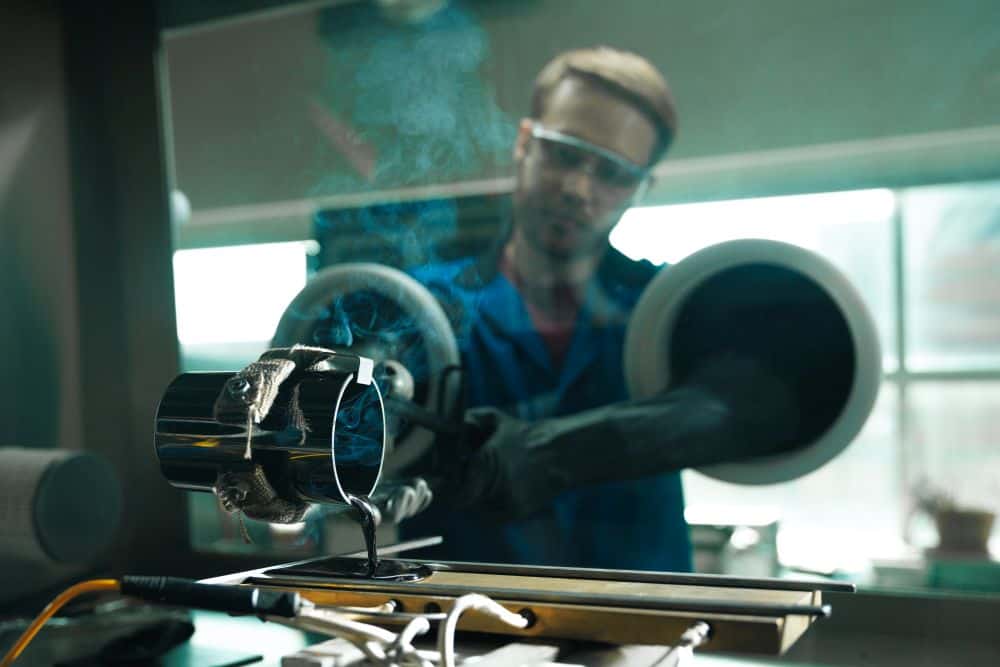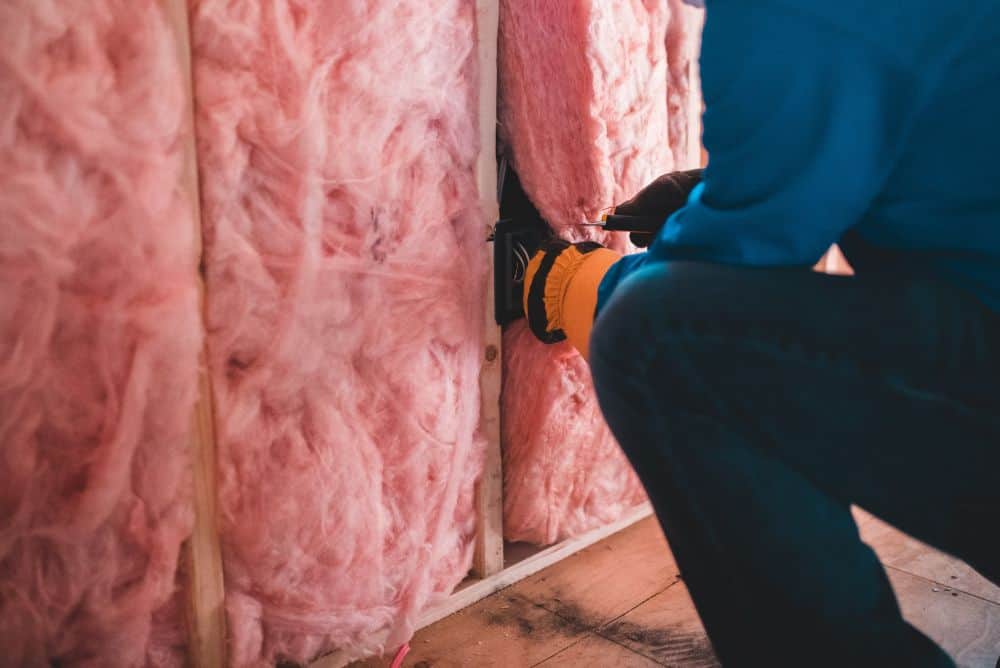Most explorations of plastic deformation in ceramics have focused on oxide systems. A recent study led by researchers at Tsinghua University in China demonstrated the possibility of plastic deformation in nonoxide ceramics as well, specifically silicon nitride, by harnessing a dual-phase structural configuration.
Read MoreThrough an accidental discovery, NIST researcher Gary Zabow discovered a new microprinting method based on sugar and corn syrup that allows microscale arrays to be deposited with precision on highly curved, complex surfaces.
Read MoreThe January/February 2023 issue of the ACerS Bulletin—featuring a look at some future battery technologies—is now available online. Plus—optical-grade ceramics and IYOG conclusion.
Read MoreEven when a shape-memory ceramic’s lattice compatibility is improved, it still often experiences cracking after just a few dozen transformation cycles. Researchers at the Massachusetts Institute of Technology improved the cyclability of shape-memory zirconia ceramics with the help of a multimode modeling approach.
Read MoreFerroelectric materials are expected to revolutionize the next generation of ultralow-power microelectronics. In a recent study, researchers led by the University of California, Berkeley achieved atomic-scale ferroelectricity in fluorite-structured zirconium dioxide thin films on silicon.
Read MorePassive radiative cooling systems typically are implemented by applying special coatings to the walls or roof of a building. But windows play a significant role in heat transfer too. University of Notre Dame researchers used a quantum computing-assisted active learning scheme to develop a new high-performance transparent radiative cooling coating for windows.
Read MoreCast iron blocks and steel fibers are the dominant materials used for brake shoes in the railway industry. Researchers from a Spain-based friction materials manufacturer found that the addition of glass fibers could improve the shoes’ friction performance and wear rates.
Read MoreTo achieve manned missions to Mars, spacecraft will need to maximize fuel usage. Nuclear thermal propulsion is one technology actively on NASA’s radar. In a recent study, researchers from Missouri S&T and NASA Marshall used a surrogate material to explore the thermal properties of a cermet fuel that may be used in future nuclear propulsion systems.
Read MoreHollow silica particles exhibit lower thermal conductivities than current common thermal insulation materials, while also being easier and cheaper to fabricate than state-of-the-art insulating aerogels. Two recent studies demonstrate the work being done to develop stable and scalable hollow silica particle-based composites for next-generation thermal insulation systems.
Read MoreThe typically brittle nature of ceramics can hamper its formation into complex parts. Northeastern University researchers demonstrated that a highly oriented boron-based ceramic matrix composite can be shaped via thermoforming, which could hold implications for the electronics field.
Read More








